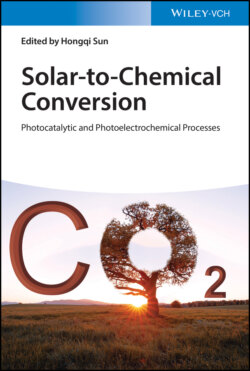Читать книгу Solar-to-Chemical Conversion - Группа авторов - Страница 37
3.7 Conclusions
ОглавлениеNatural photosynthesis can show us how evolution solved the problem of converting solar to chemical energy to serve the biological needs of living organisms. The fundamental components of natural photosynthesis are conceptually the same as in any conceivable practical realization of artificial photosynthesis: light harvesting, charge separation, water oxidation, and CO2 fixation. Many of the specifics of natural photosynthesis serve as blueprints and provide inspiration for the development of synthetic systems that might be conceived as “artificial leaves” [356, 357]. The operating principles of the OEC and its smart protein matrix are preeminent examples in this respect. However, there are other aspects of natural photosynthesis that are not ideal templates to be imitated in technological applications, such as nature's utilization of CO2 to produce biomass. Research in natural photosynthesis and on the multiple questions that remain open, such as the details of water oxidation, will continue in tandem with efforts to develop artificial systems. It is hoped that insights from the former will fertilize the latter, because even if the future of artificial photosynthesis is not strictly biomimetic, it is inevitable that design principles will be shared.
